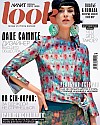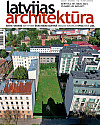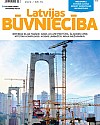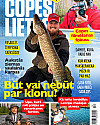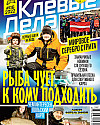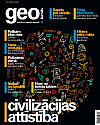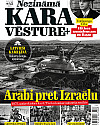It is very logical that the dynamic pace of today’s life requires appropriate relaxing opportunities and angling is very convenient for this. Finding a silent place deep inside the wild nature in order to have the final fight with a monster having the form of a carp, pike or catfish is what most of the readers are dreaming of.
Angling has become quite expensive lately, new types of tackle are being invented every year and every angler wants to know everything about new tackle as well as tips to use it. More and more anglers spend on tackle and angling trips hundreds and even thousands of euros a year. They also travel a lot because the big fish is always there where one hasn’t been yet – Finland, Sweden, Russia or warm southern seas – those are the favorite destinations of Latvian anglers.
All this large audience requires not only new rods and reels, boats and engines but also cars (SUVs recommended) photo and video equipment, clothing and boots, cosmetics for air-dried hands and face, vitamins for strength (might contain some alcohol) and a lot of different other stuff. And when the fish comes – the mobile phone to make and send pictures to all of the friends is obligatory.




